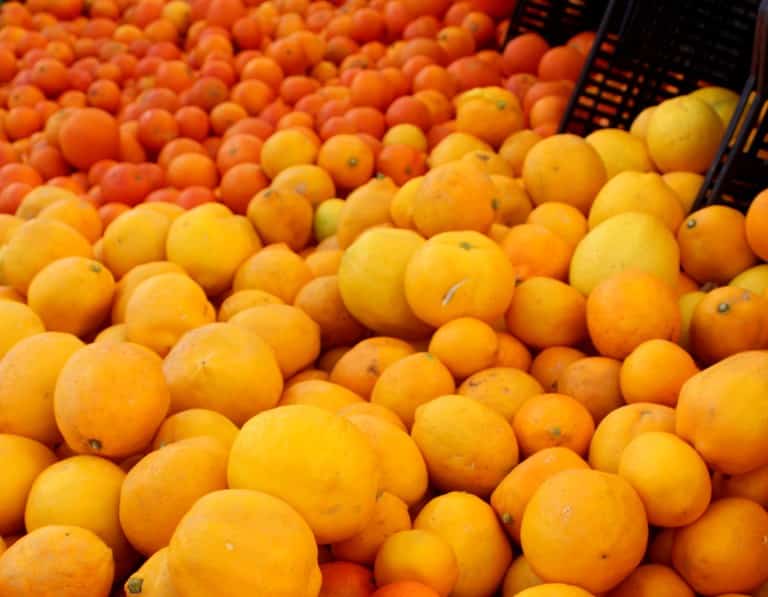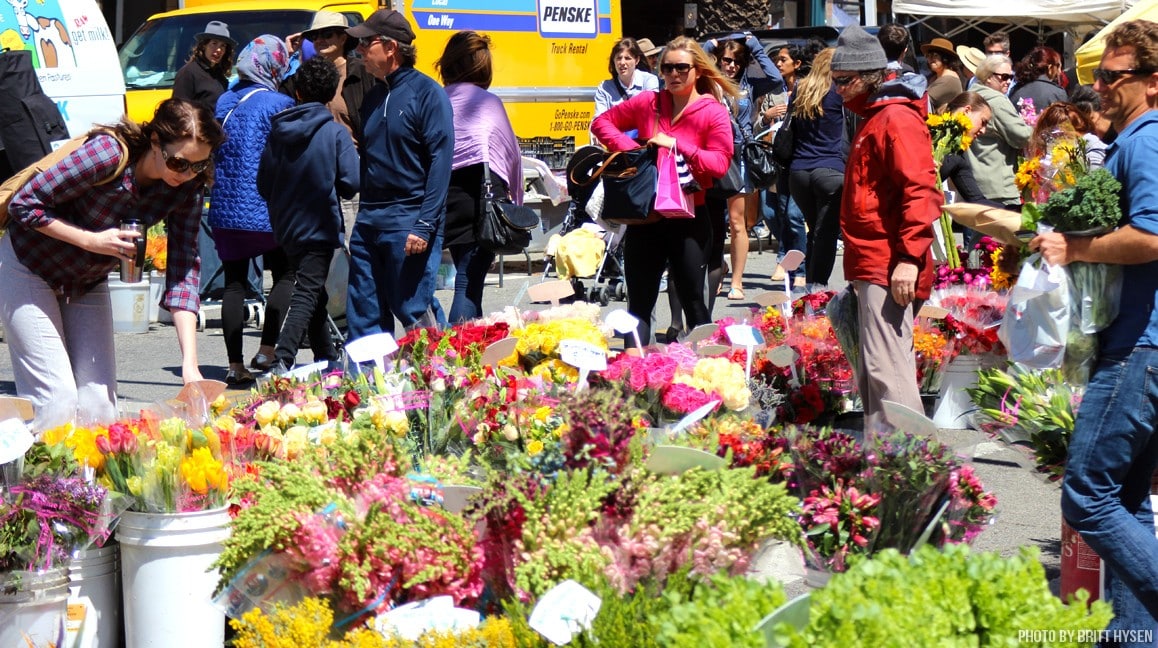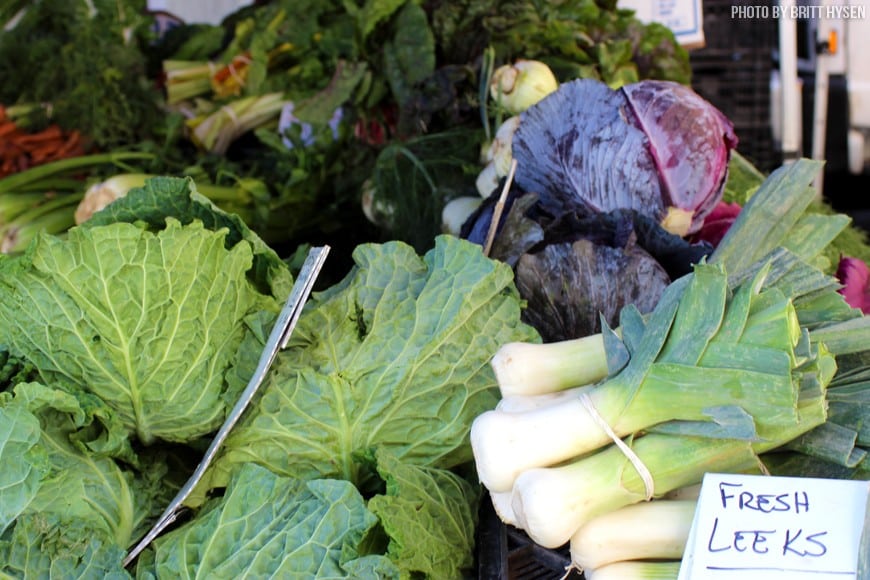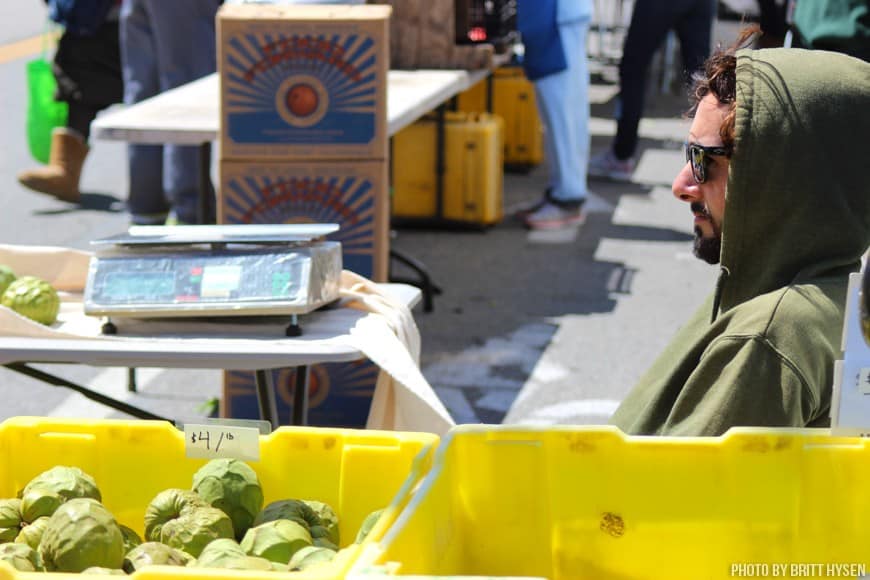How Farmer’s Markets Help Local Communities Thrive
Nothing arouses the senses like walking into a heap of fresh fruits, vegetables and honeys. The atmosphere, unique to local communities, is buzzing as neighbors stop to chat while they choose between the reddest strawberries, sweetest scented pineapples and the deepest blue blueberries. All of this as you revel in the fact that these products are the freshest of fresh and grown locally.
At first glance, farmer’s markets may look like a trendy pastime. Despite the increase in attendance and popularity, these markets are not a trend that’s bound to fade away anytime soon. Farmer’s markets have been around for thousands of years and offer many benefits to local communities.
History of Farmer’s Markets
The history of farmer’s markets begins over 5000 years ago on the banks of the Nile, where Egyptians would bring produce to be sold. Informal markets have been a part of American society since the Pilgrims of Jamestown landed on Plymouth Rock. Settlers would gather in the town square and sell excess produce to other town dwellers. Pinpointing an exact date in history when the first modern farmers market opened is difficult since most lists are done by state, but the nineteenth century is around the time that farmer’s markets became the community orientated shopping experience we know them as today.
Farmer’s Markets Today
Farmer’s markets are experiencing a renewed popularity. About 8,100 currently operate throughout the United States, and are meant to engage communities to buy local produce. While almost all farmer’s markets sell fresh fruits and vegetables, many are home to specialized vendors who carry products unique to a local community. For instance, farmer’s markets can be a great place to discover your neighborhood’s newest taco truck, cupcake bakery or even a local artist.
According to the Farmer’s Market Coalition, markets are “organized to facilitate personal connections and mutual benefits for local farmers, shoppers and communities.” These benefits include neighborhood camaraderie, supporting the local economy, and buying products from a direct food source.
Fresh Foods
Produce bought at farmer’s markets usually travels fewer miles to reach its destination, resulting in it being fresher than the food on grocery store shelves. The Farmer’s Market Coalition states that more than 85 percent of farmers traveled less than 50 miles, and more than half traveled less than ten miles to get their produce to the markets. Compared to the average 7 to 14 day shipping process it takes produce to reach grocery store shelves, the distinction between the freshness of food is clear. Not only does the amount of time it travels affect the freshness of your food, but when produce experiences longer shipping times, it becomes necessary to add preservatives to keep food “fresh.”
Money for Local Communities
Farmer’s markets allow for local exchange of money. Vendors also enjoy more profitable sales when they sell at farmers markets, as opposed to traditional grocery stores because they are able to control their price. When you shop at a large chain grocery store, your money is split to cover company and producer costs, thus the farmer receives less of a profit. Shopping at farmer’s markets, the farmer is the producer and the company, cutting out the middleman and making a higher profit, keeping money more local.
Community Engagement
According to nutrition.gov, “farmer’s markets can be important anchors for vibrant communities.” Markets run on varying schedules. Some are seasonal, others monthly, but a large amount are weekly giving residents the chance to regularly get out and engage with their local communities. Since farmer’s markets are “organized to foster personal connections and mutual benefit local farmers and shoppers,” they naturally promote unity within a community. Market goers often enjoy more than just fresh food, sometimes these markets offer live music and local artists to entice neighborhoods to commune.
Farmer’s markets present an opportunity to have fun with your grocery shopping, much more than a traditional grocery store. If you have yet to attend a local community market, visit your city’s website to find out when the next market will be in your area. You never know what kind of goodies you will discover or who in your neighborhood you may meet. By supporting farmer’s markets you are helping local communities thrive.












